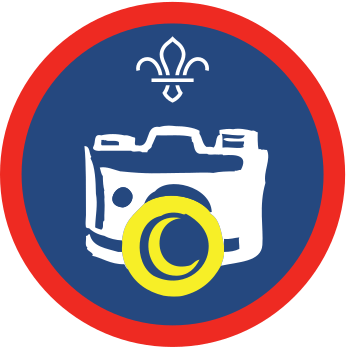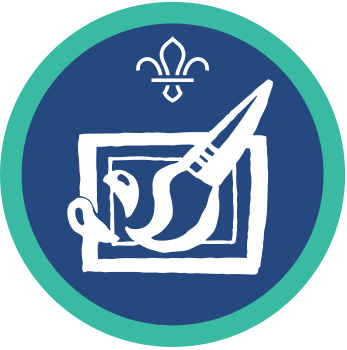
Playing to the gallery
You’ll need
- Camera or phone
- Example photographs
- A way to print photographs
- Photo displays fixtures (e.g. sticky tack, string)
Before you begin
- Decide as a group whether you’ll use cameras or smartphones for this activity. Camera photos will need to be printed for display (unless they’re taken with a Polaroid camera). If this isn’t possible, smartphone cameras or homemade ‘pinhole cameras’ should be used. Smartphone cameras often have easy-to-use editing features, which are ideal for this activity, while photos can easily be printed or displayed digitally.
- Those taking part should choose whether they’d prefer to take 12 colour photographs in various styles or six black-and-white photos. Those shooting in colour should use two of the following techniques: portrait, still life (or similar), land- or seascape, sport (or other action) and time-lapse. Those shooting in black and white should explain how they did this and why they chose this effect.
Run the activity
- Everyone should think about a theme that they’d like to focus on for their photographs. The theme should tie together the shots, even if they’re of different objects and places.
- Everyone should look for examples of famous photographs or photographers who have one clear theme in their work. These may be from any era. Each person should think about why the photo is famous and why it made a splash when it was taken.
- Now, each photographer should have one idea or feature that will appear in all their photographs. They should know what kind and how many pictures they’re taking, and what device they’re using to take them. Before everyone starts shooting, make sure they’re familiar with their device and know how the functions work. They should also be advised on looking after their devices while taking their pictures, and demonstrate this in their work.
- Everyone should shoot their photographs and bring all their snaps with them to the meeting place. This should include photos that don’t look so great. Discuss image, light or technical issues as a group to help resolve them.
- When everyone’s chosen their favourite photographs, set up a gallery evening at your meeting place. Everyone should hang their shots together so that the chosen theme is clear. Each exhibit should include at least two images that have been edited. Each edited photo should have a short explanation of why and how this has been done.
- Host the gallery exhibition for friends and family. If they wish, the group could give the display pieces titles and descriptions for the benefit of the audience.
Reflection
An old adage states that ‘a picture is worth a thousand words.’ In this activity, everyone used photography not simply to take a pretty picture, but to tell a story. Why do photos express things more vividly, or in greater detail, than words? How did everyone make use of photography to show something they couldn’t show with words?
Safety
All activities must be safely managed. You must complete a thorough risk assessment and take appropriate steps to reduce risk. Use the safety checklist to help you plan and risk assess your activity. Always get approval for the activity, and have suitable supervision and an InTouch process.
- Phones and cameras
Make sure parents and carers are aware and have given consent for photography.
- Outdoor activities
You must have permission to use the location. Always check the weather forecast, and inform parents and carers of any change in venue.
- More abstract ideas (eg ‘love,’ ‘justice’) will be more difficult to get across than tactile objects and emotions.
- If an ‘evocative’ theme is too difficult to grasp, have a go at Alphabet photography with your group, to tell a story with words and pictures.
Working together in groups could help less experienced photographers participate more, especially if they’re with someone who’s very enthusiastic.
All Scout activities should be inclusive and accessible.
Did anyone really think they nailed down their theme with their work? Mix up their photos with other similar (ie the same colour) photos and give them to another group. Tell the group the theme and have them pick out the photos that fit it. Were all of the photos identified?
Let the group choose their own themes to exhibit, even if they’re potentially difficult to capture.

